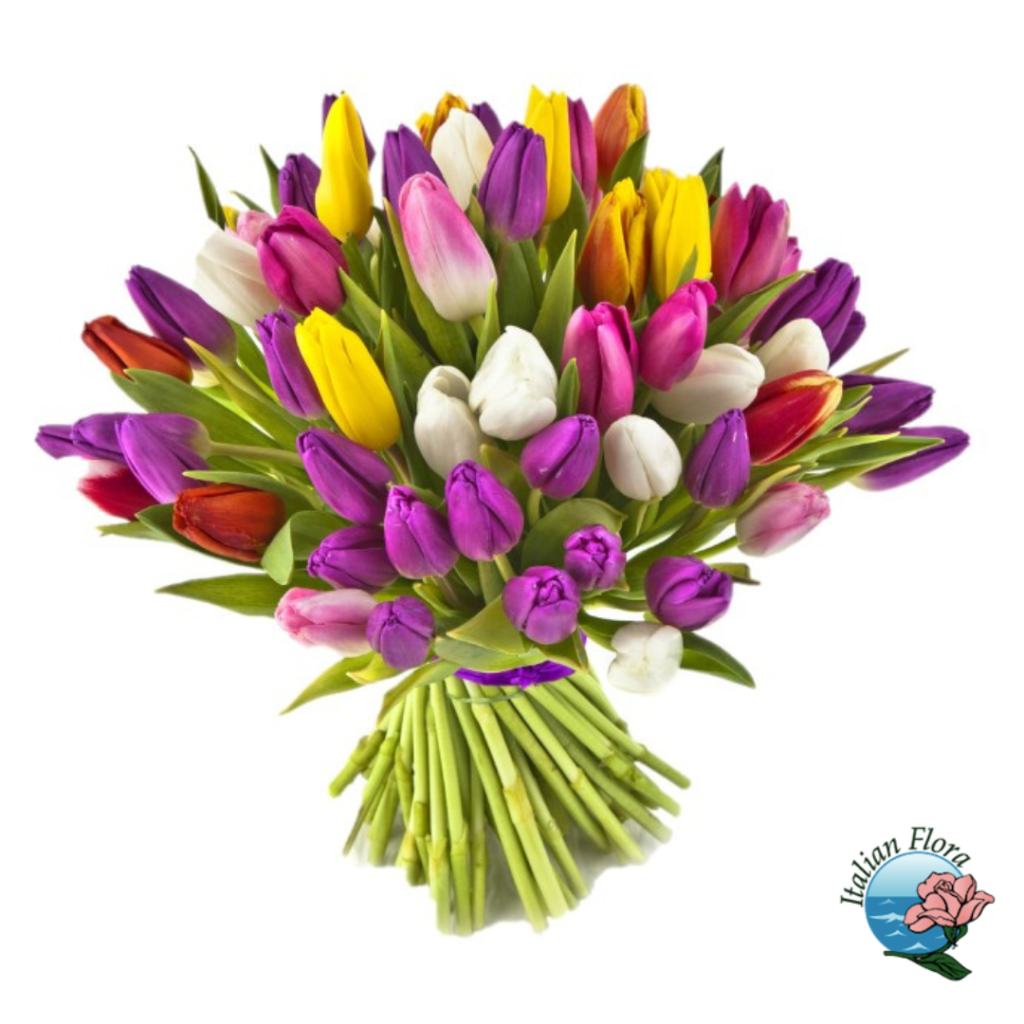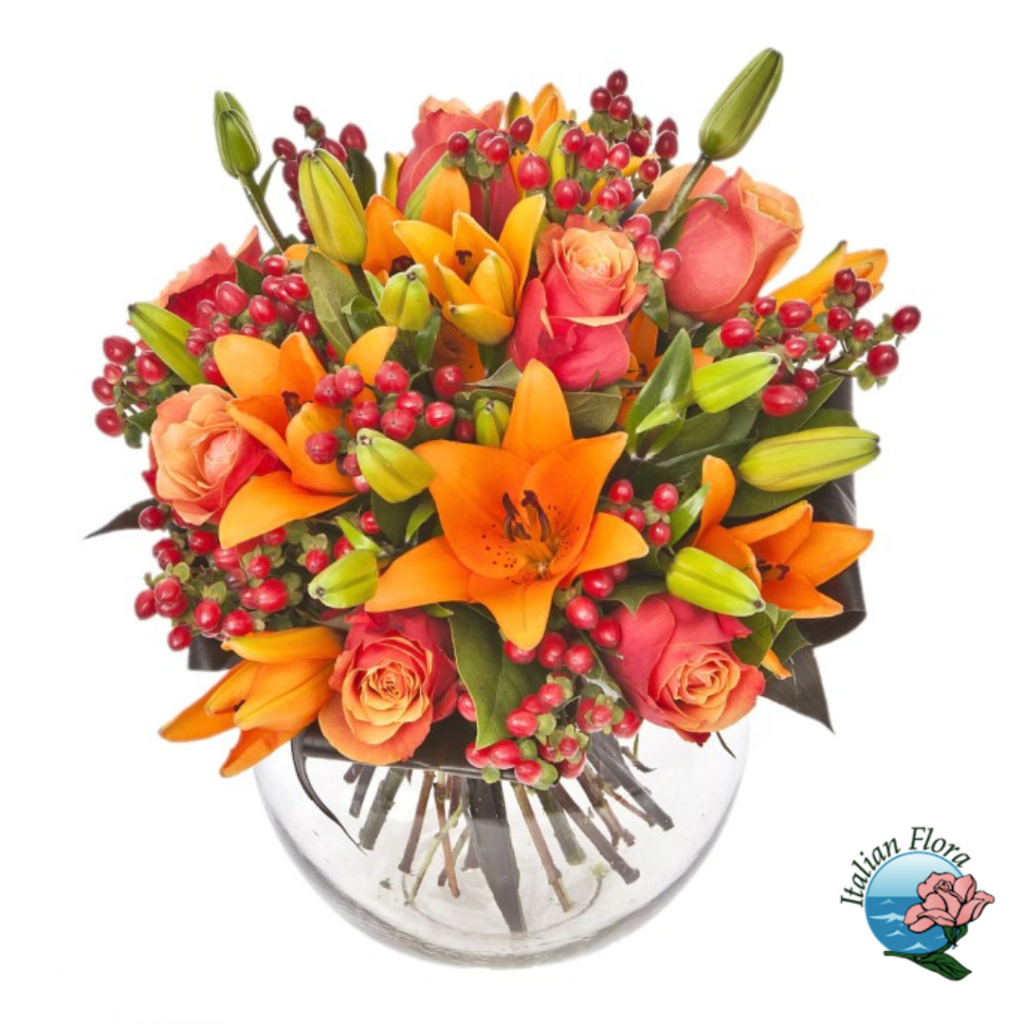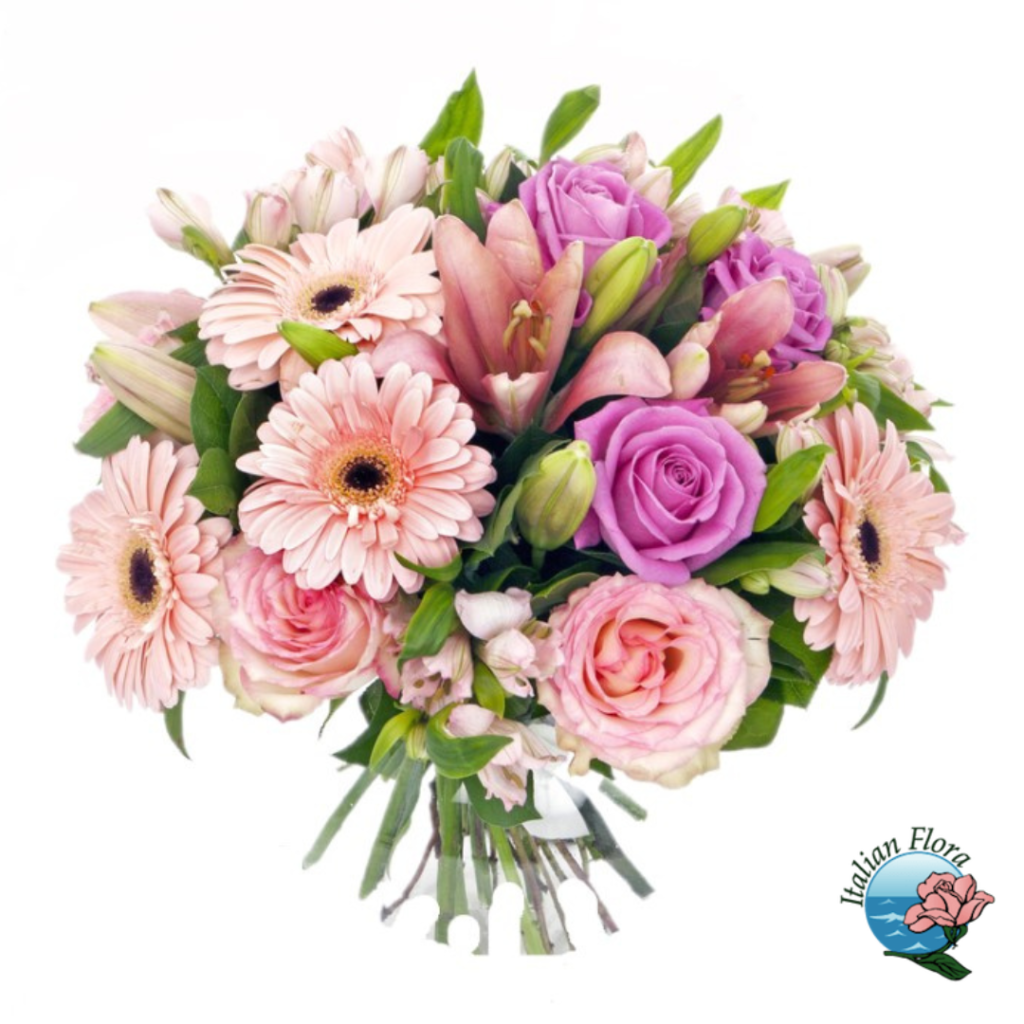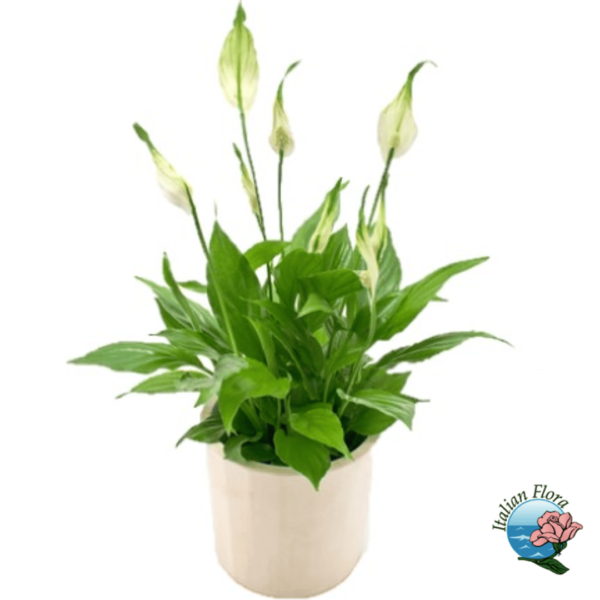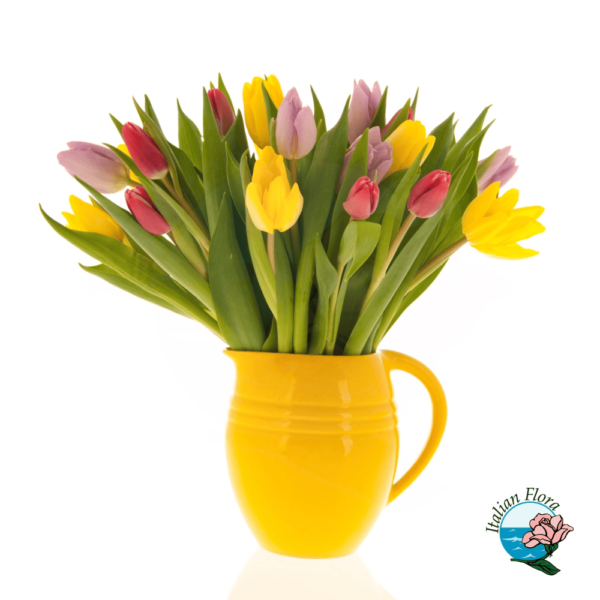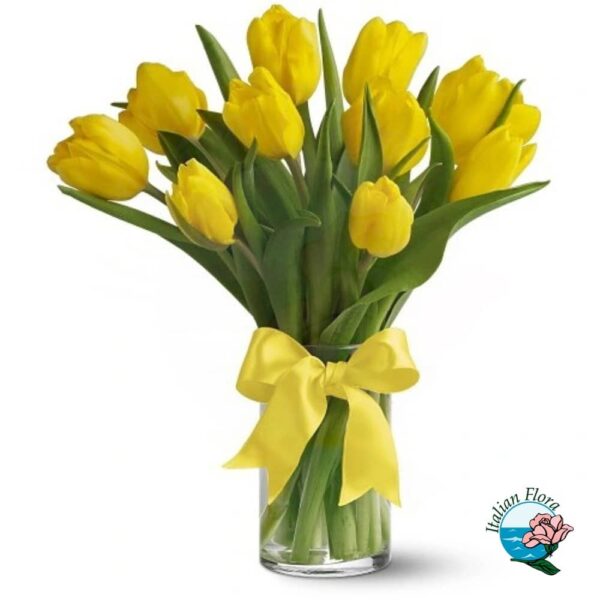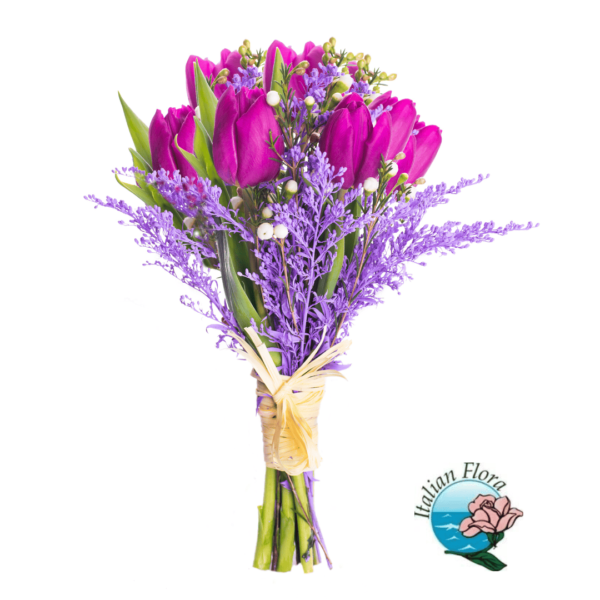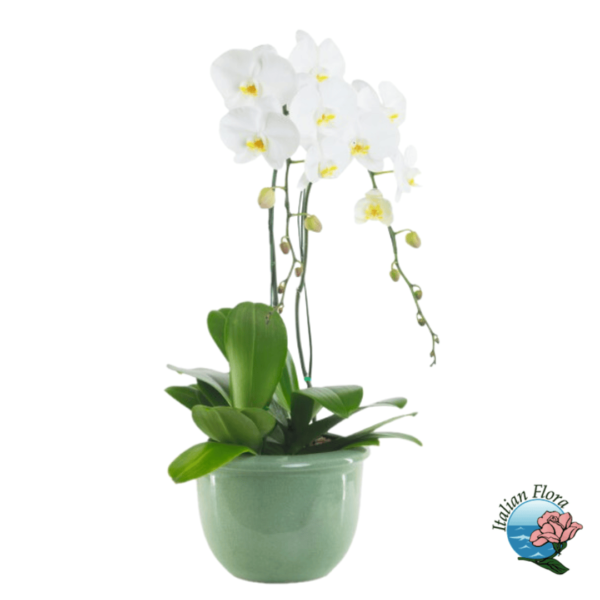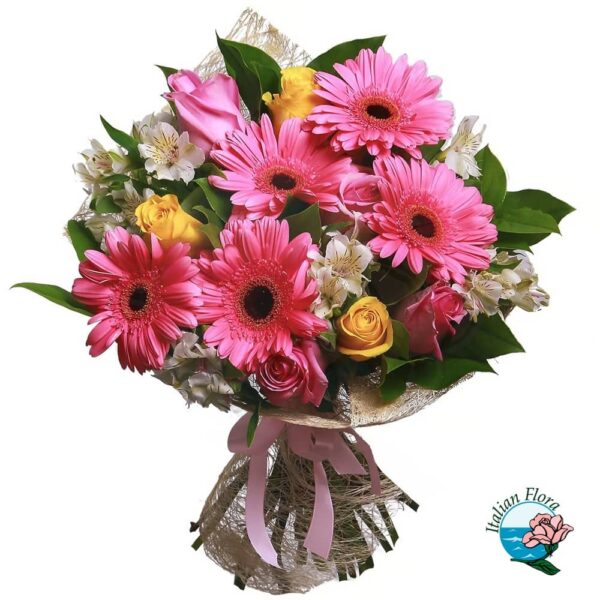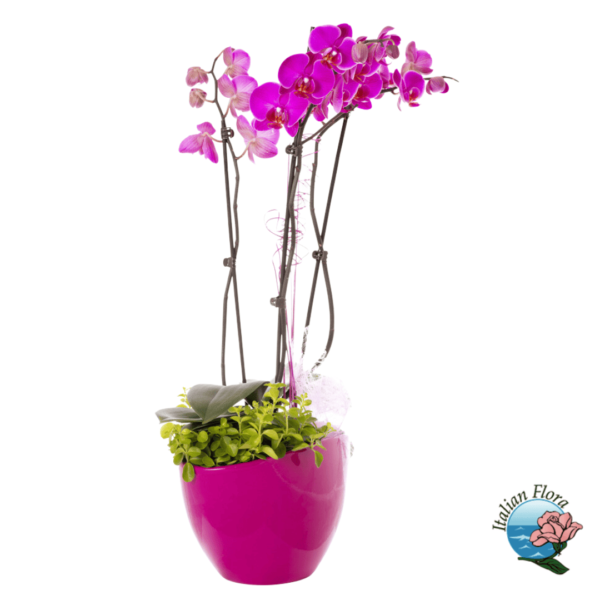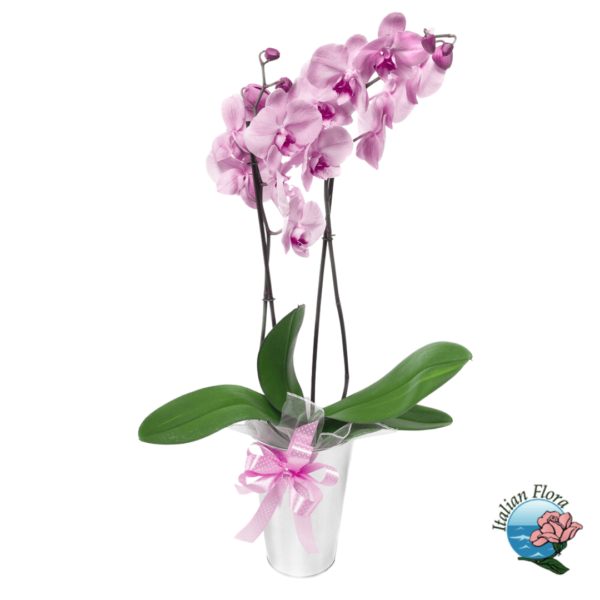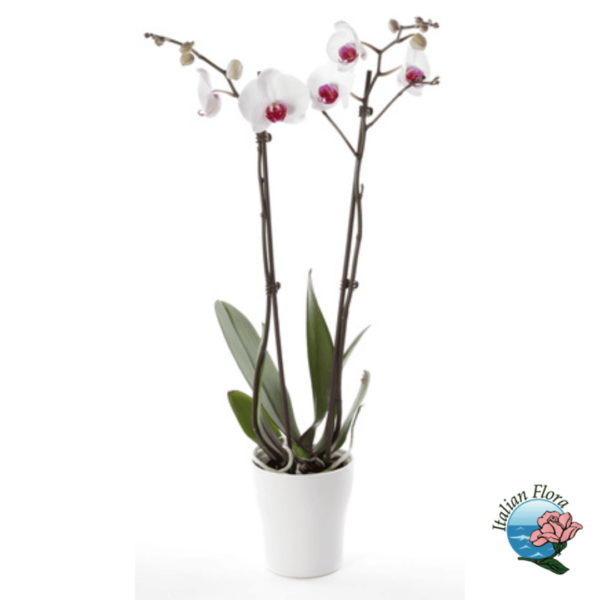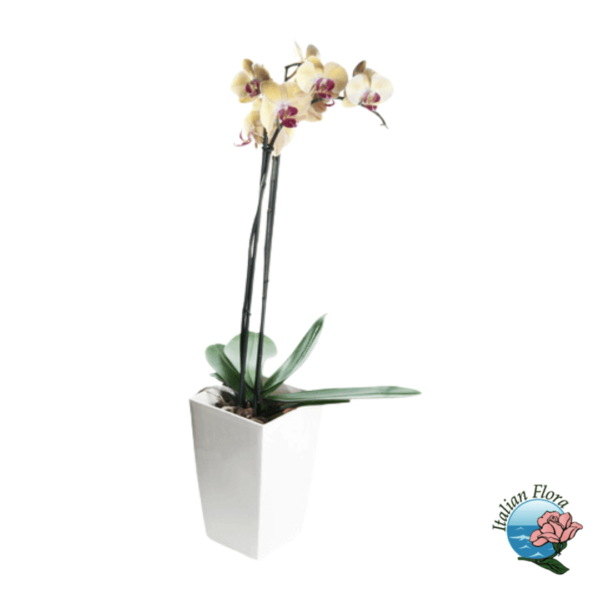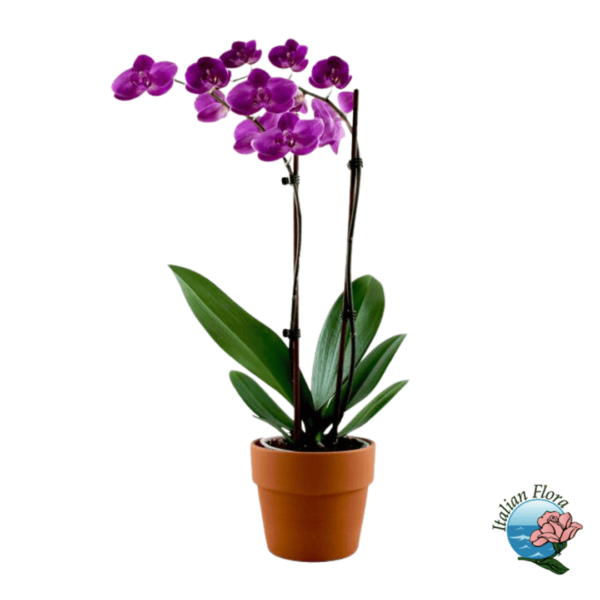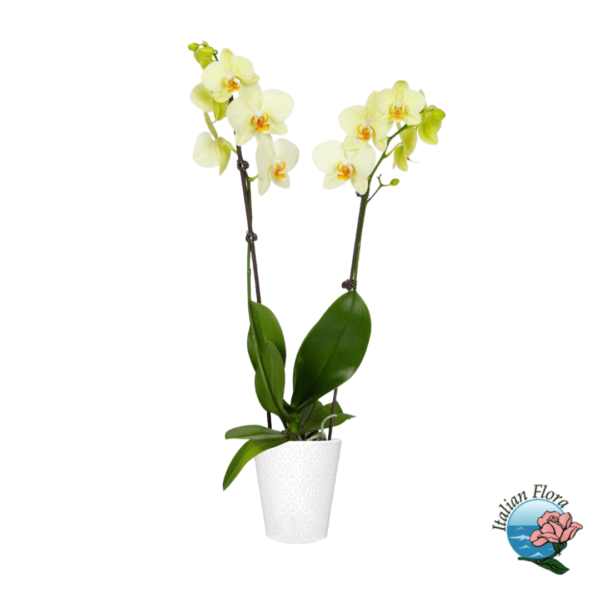What flowers are traditionally given at Easter?
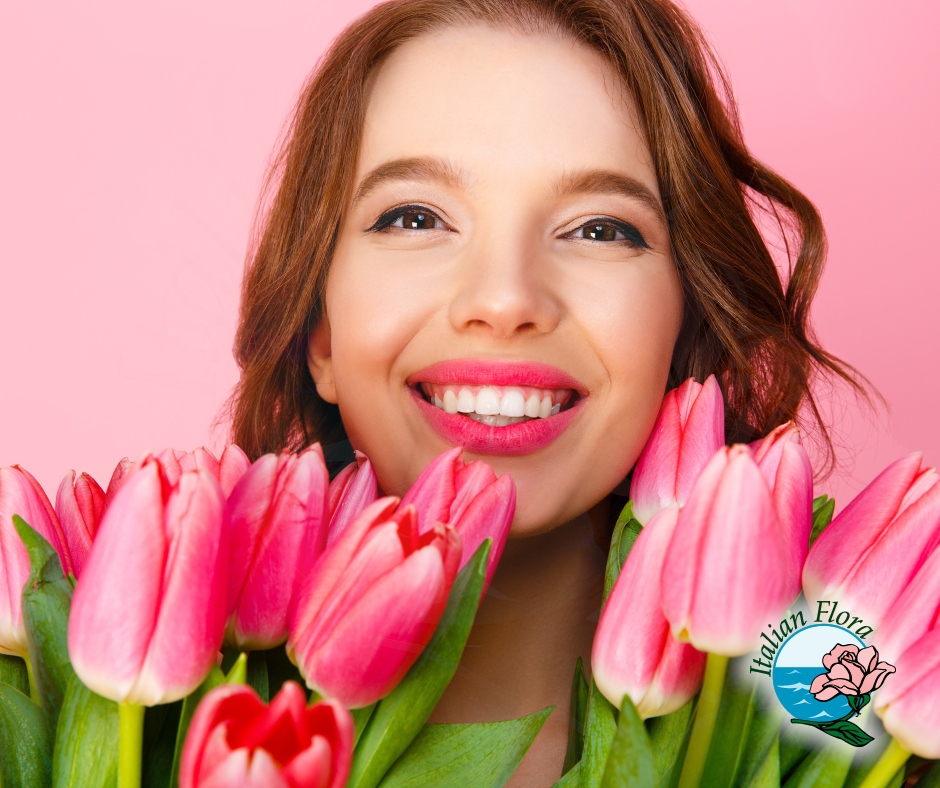
Which are the flowers traditionally given at Easter?
Easter is a joyous holiday celebrated by Christians around the world, commemorating the resurrection of Jesus Christ.
Alongside the religious significance, Easter is also associated with the arrival of spring and the revival of nature.
As a result, flowers play a prominent role in Easter celebrations.
In this article, we will explore the traditional flowers that are commonly given and used to decorate during this festive season.
Exploring the Symbolism of Easter Flowers: Blooms of Renewal and Hope
Flowers play a significant role during the Easter festivities, symbolizing rebirth, hope, and joy.
Giving flowers at Easter is an ancient and widespread tradition that adds beauty and freshness to the celebrations.
The chosen flowers for this time of year are often associated with spring, with its vibrant colors and the rejuvenation of nature.
One of the most iconic and traditionally gifted flowers at Easter is the Easter Lily.
With its pure white petals, the lily represents purity and grace, recalling the resurrection of Christ.
This flower is commonly used in church and home decorations, spreading its delicate fragrance and creating an atmosphere of sacredness.
Tulips are another popular choice for Easter gifts.
These elegant and colorful flowers symbolize perfect love and are closely associated with spring.
Available in a wide range of shades, from pink to yellow, purple to white, tulips bring a sense of freshness and joy.
They can be gifted as bouquets or planted in gardens to enjoy their beauty throughout the year.
Daffodils are flowers that bloom in conjunction with Easter, marking the arrival of spring.
With their yellow or white trumpet-shaped blooms, daffodils symbolize rebirth and new beginnings.
They are often gifted to express wishes of prosperity and joy during the Easter festivities.
Hyacinths are highly fragrant flowers that evoke a sense of abundance and beauty.
Their delicate bell-shaped flowers come in a variety of vibrant colors, ranging from pink to blue to purple.
Hyacinths are often gifted at Easter to bring joy and good wishes, filling the air with a delightful fragrance.
Azaleas are flowering shrubs that provide a spectacle of colors during spring and are a perfect choice for Easter gifts.
Their abundant blooms and shades of pink, purple, red, and white add an element of elegance and beauty to the celebrations.
Azaleas, with their lasting beauty, also represent love and affection, making them a meaningful gift for loved ones at Easter.
Other common flowers given at Easter include ranunculus, roses, freesias, and Asiatic lilies.
Each of these flowers carries symbolic meanings intertwined with Easter celebrations, representing joy, hope, and new life.
The Tradition of Giving Flowers at Easter
The tradition of giving flowers at Easter has ancient roots that span across various cultures and beliefs.
It dates back to ancient times when the arrival of spring was celebrated with floral gifts to mark the rebirth of nature after the cold winter months.
This pagan custom merged with the religious significance of Easter with the advent of Christianity, creating a tradition that is still widely practiced in many countries.
The act of giving flowers at Easter is infused with deep symbolic meanings.
Flowers represent beauty, fragility, and rebirth, which are closely tied to the Easter message of hope, resurrection, and new life.
The vibrant colors of spring flowers evoke the awakening of nature after the winter slumber.
They offer a visual symbol of transformation and renewal that unfolds during this holiday.
The choice of specific flowers to give at Easter varies from country to country and even within family traditions.
However, there are some flowers that are commonly associated with Easter.
For example, the Easter Lily is one of the most iconic and traditionally gifted flowers on this occasion.
Its elegant white petals represent purity and grace, symbolizing the resurrection of Christ.
Similarly, daffodils are often associated with Easter as they bloom during this time of the year, representing rebirth and new beginnings.
In addition to their symbolic significance, flowers also bring joy and beauty to Easter celebrations.
Whether gifted as bouquets, planted in gardens, or used to decorate churches, flowers create a festive and spring-like atmosphere.
Their delicate fragrance and vibrant colors bring a sense of joy and rejuvenation, contributing to a positive ambiance during Easter festivities.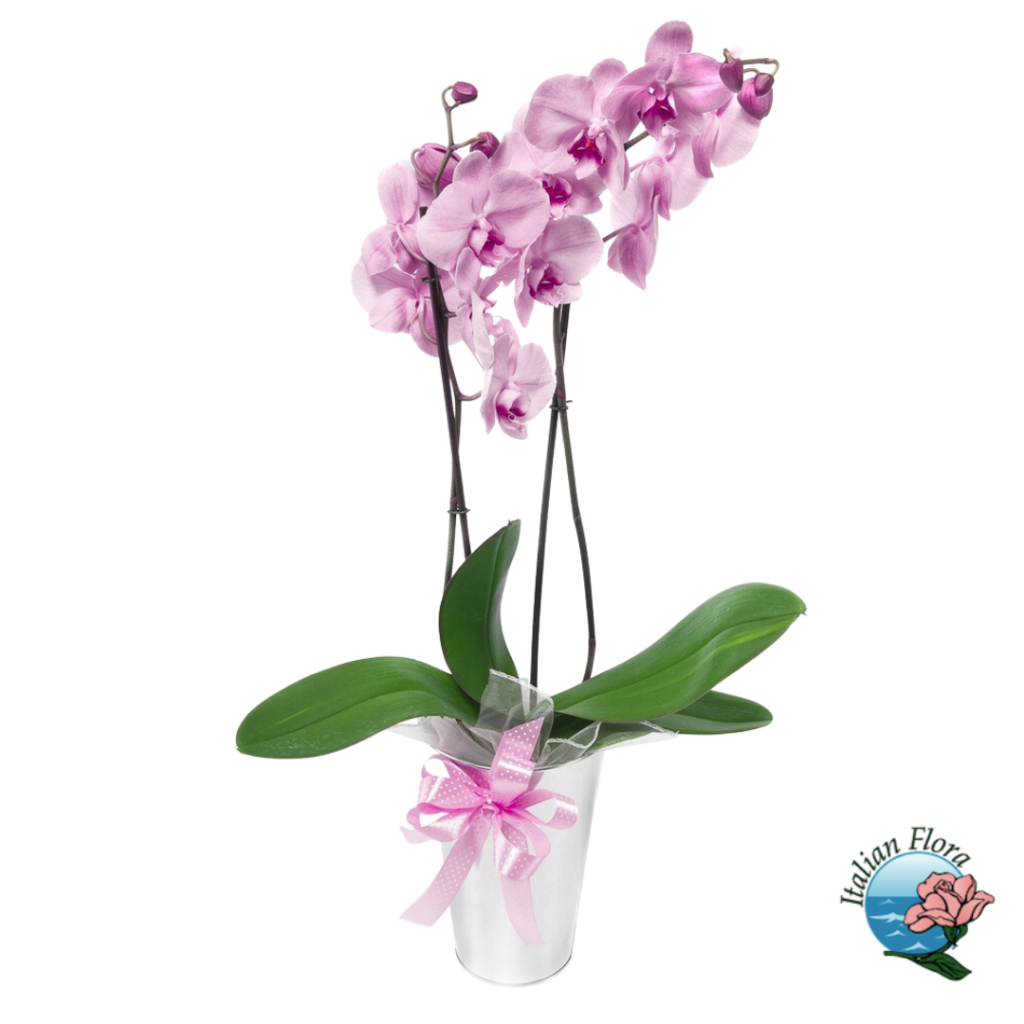
Easter and Flowers: Curiosities and Traditions
Easter is a holiday filled with fascinating traditions and intriguing facts related to flowers.
For instance, in many European cultures, it is common to decorate with yellow flowers during Easter celebrations.
The color yellow symbolizes the sunshine and the joy of spring, creating a festive and radiant atmosphere.
Moreover, certain flowers hold specific meanings associated with Easter. For example, the campanula is a flower that blooms precisely during the Easter period, representing the sound of church bells announcing the resurrection of Christ.
Additionally, the daisy is often associated with Easter because its Latin name, “Bellis perennis,” translates to “everlasting beauty,” evoking the hope of eternal life that lies at the heart of the Easter message.
Interestingly, despite the tradition of giving flowers at Easter, in some countries like Germany and Austria, it is considered bad luck to gift red flowers during this holiday as red is generally associated with mourning.
Therefore, it is advisable to opt for flowers in more cheerful and vibrant colors to avoid conveying a negative message. In conclusion, flowers play a significant role in Easter celebrations, adding beauty and symbolism to the holiday.
Whether it’s decorating with yellow flowers, gifting flowers associated with rebirth, or taking into account local superstitions, flowers bring a special touch to Easter festivities and create an atmosphere of joy and hope.
The Floral Beauty of Easter: Traditions and Artistic Arrangements
Another interesting aspect of Easter and flowers is the tradition of creating floral displays and intricate designs.
In many countries, especially in Europe, elaborate floral arrangements are crafted for Easter festivities.
These displays often incorporate a variety of colorful spring flowers, foliage, and even branches, symbolizing the abundance and beauty of nature’s awakening.
From grand floral crosses to ornate flower carpets, these artistic creations serve as stunning focal points in churches, public spaces, and private homes during Easter celebrations.
They not only add a visual spectacle but also evoke a sense of reverence and awe, enhancing the spiritual and festive ambiance of the holiday.
This tradition showcases the skill and creativity of florists and the enduring connection between flowers and the Easter season.
Do you want to send flowers worldwide? Look no further than Italian Flora, the premier online flower delivery service for every occasion!

